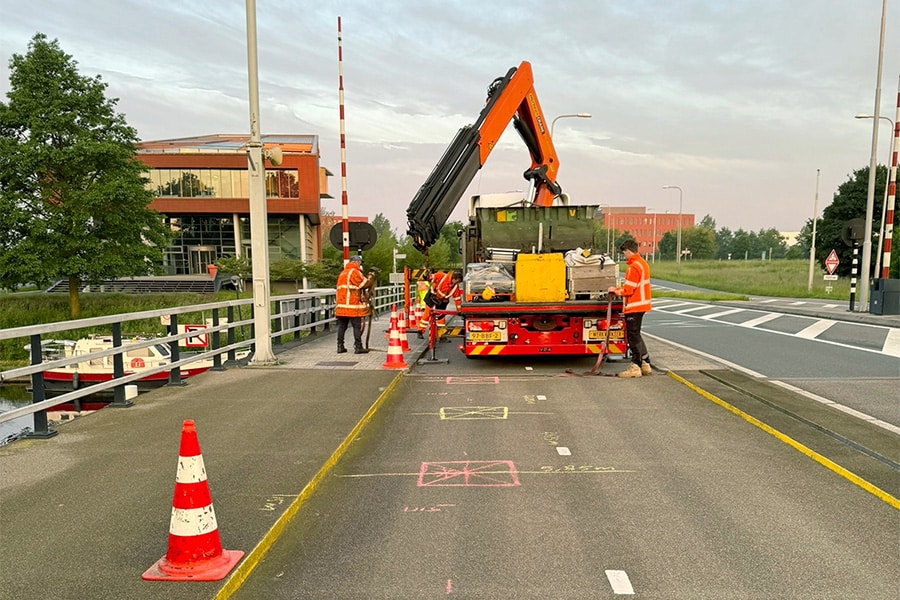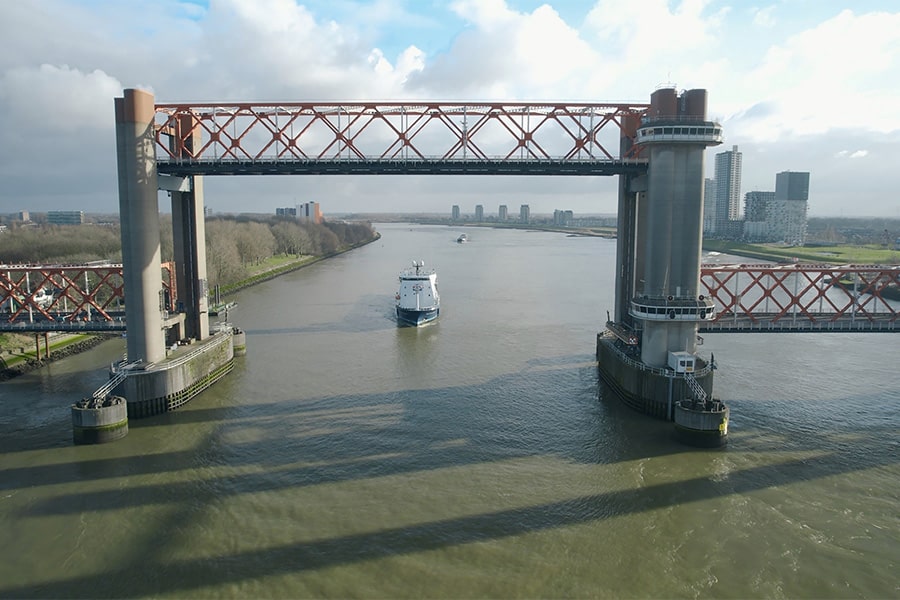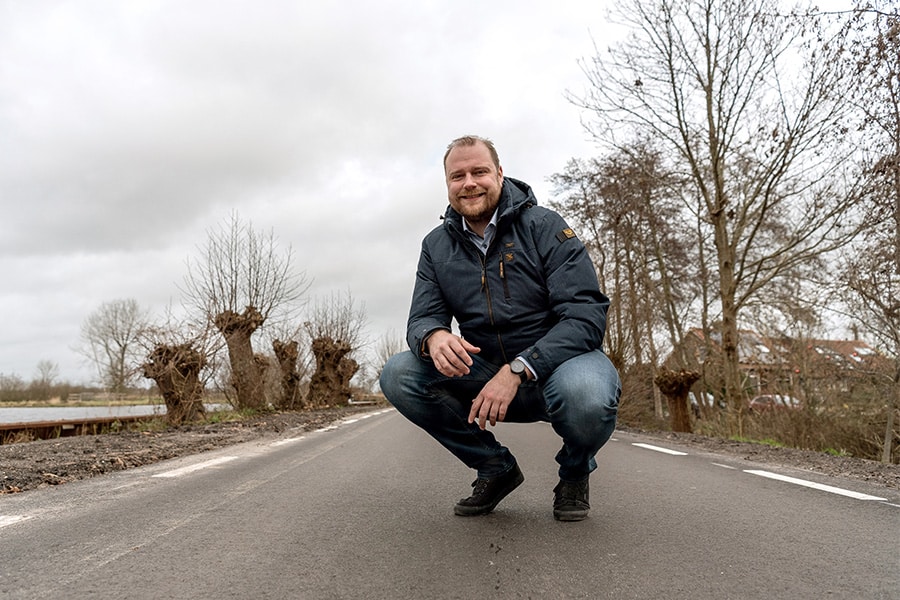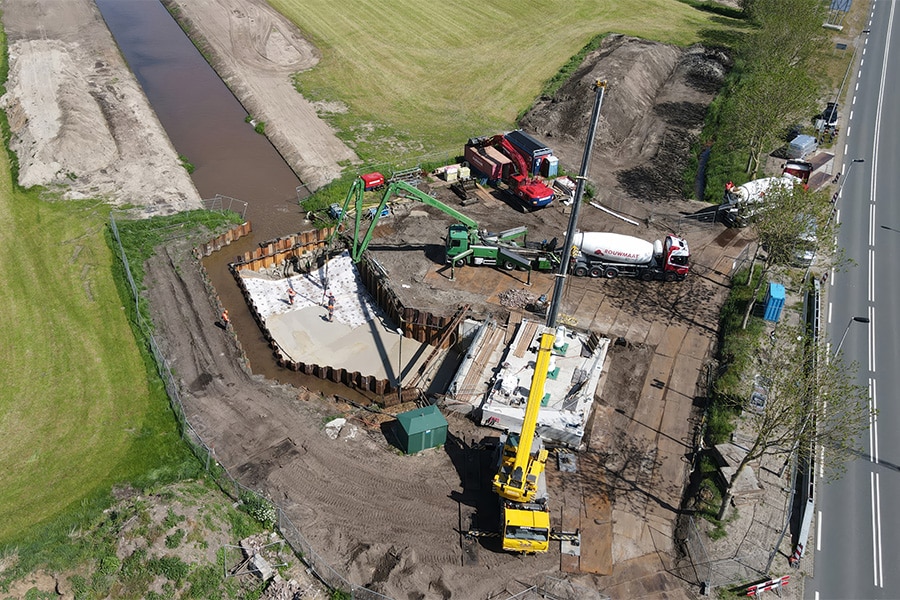
Sustainable dike construction thanks to geotextiles
17 kilometers of geotextiles
Along the entire length of the Afsluitdijk there is BontexGeo geotextile on both sides. You can't see it, however, because it lies under a layer of crushed rock and Levvel blocks. Yet it contributes significantly to the strength and durability of the dike construction.
"The geotextile holds the sandy material in place and is permeable to water. It has two functions on the embankment: separation and filtration," explains Ronald Janssen, Sales Director at BontexGeo. "The geotextile is placed at the base of embankments to provide additional resistance to failure of function, to distribute pressure and for load transfer at cavities. In doing so, it promotes the stability and durability of the existing embankment structure. In addition, geotextile has the advantage that you need less granular material in the construction to secure the dike strength."
Huge amount
BontexGeo is among the larger suppliers of woven and non-woven geosynthetic materials and has over 30 years of experience in the market. The main applications of the geotextile include coastal protection, (rail) road constructions and drainage systems. The quantities are enormous, over a length of 17 kilometers the geotextile has been installed on both sides of the IJsselmeer side. "It was important to supply material that met the imposed specifications. Constructive consultation between the various parties still led to various optimizations of the design. The geotextile had to be placed on the slope. This was first completely cleaned, then the geotextile was installed and then a new layer of bulk rock was applied."

More than 100 years of service life
The geotextile must meet a set of requirements. One of the requirements is high durability, demanding a life span of more than 100 years. "The geotextile is made of high-quality polypropylene with attention to strict quality and environmental requirements. This combined with the high lifespan ensures that the impact on the environment is minimal." Beforehand, the material was extensively tested to ensure that it is sufficiently robust for application on the Afsluitdijk. "The textile must not be damaged during installation. Both the material and the placement of the geotextile require attention and knowledge. For an efficient and correct way of placement, a special frame has been developed with which the geotextile can be laid both above water and under water in one lane in a controlled manner."
Ronald is proud that BontexGeo is involved in the renewal of the Afsluitdijk. "From the beginning, we thought along about the best application of the material. It is special that we are contributing to a future-proof dike in this way."



